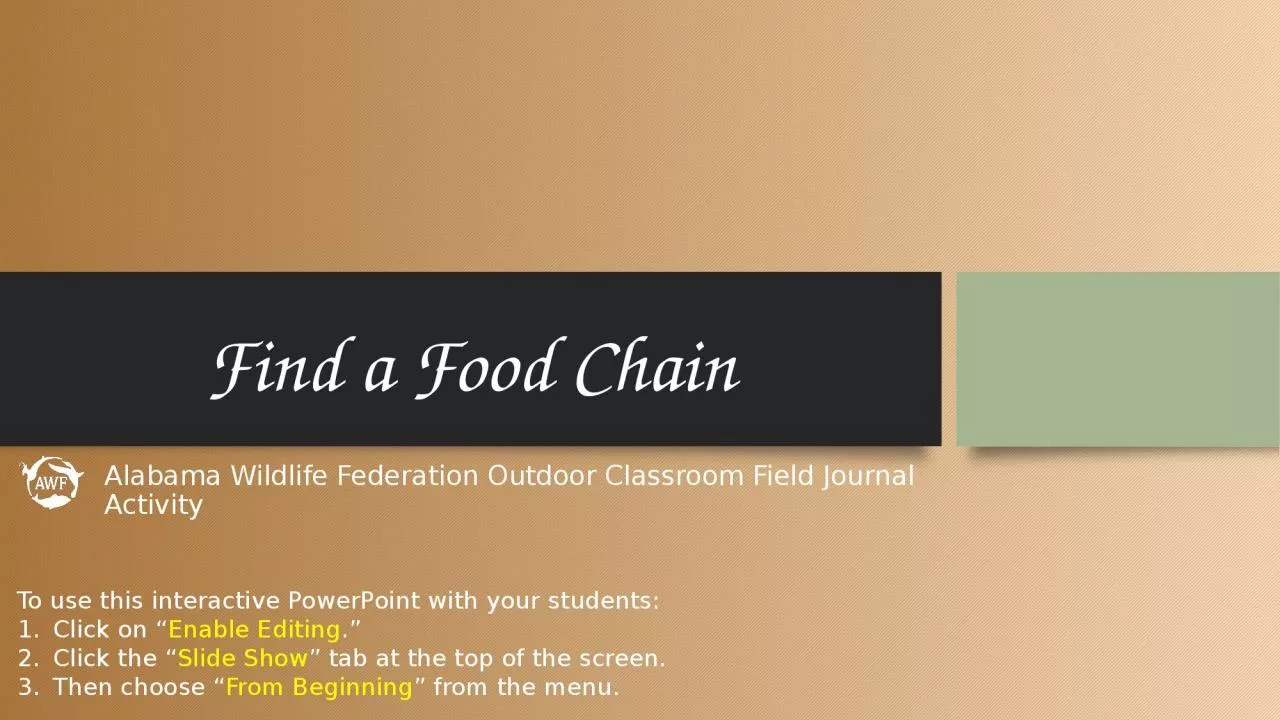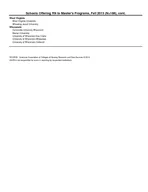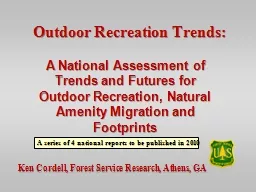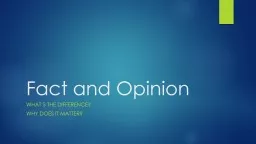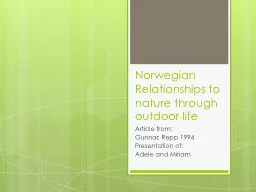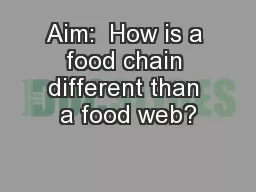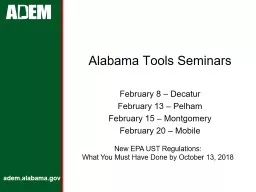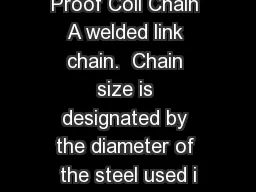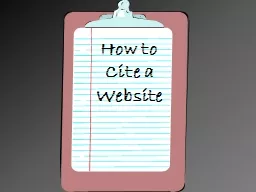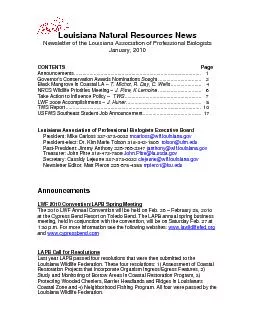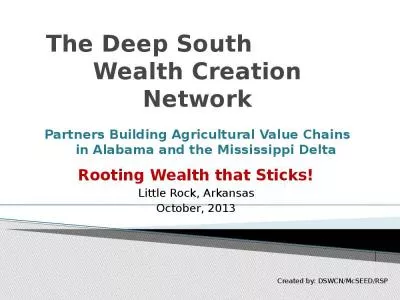PPT-Find a Food Chain Alabama Wildlife Federation Outdoor Classroom Field Journal Activity
Author : taylor | Published Date : 2022-06-18
To use this interactive PowerPoint with your students Click on Enable Editing Click the Slide Show tab at the top of the screen Then choose From Beginning
Presentation Embed Code
Download Presentation
Download Presentation The PPT/PDF document "Find a Food Chain Alabama Wildlife Feder..." is the property of its rightful owner. Permission is granted to download and print the materials on this website for personal, non-commercial use only, and to display it on your personal computer provided you do not modify the materials and that you retain all copyright notices contained in the materials. By downloading content from our website, you accept the terms of this agreement.
Find a Food Chain Alabama Wildlife Federation Outdoor Classroom Field Journal Activity: Transcript
Download Rules Of Document
"Find a Food Chain Alabama Wildlife Federation Outdoor Classroom Field Journal Activity"The content belongs to its owner. You may download and print it for personal use, without modification, and keep all copyright notices. By downloading, you agree to these terms.
Related Documents

